Cats may not be able to speak to us in the way we speak to each other, but they are constantly communicating how they are feeling.
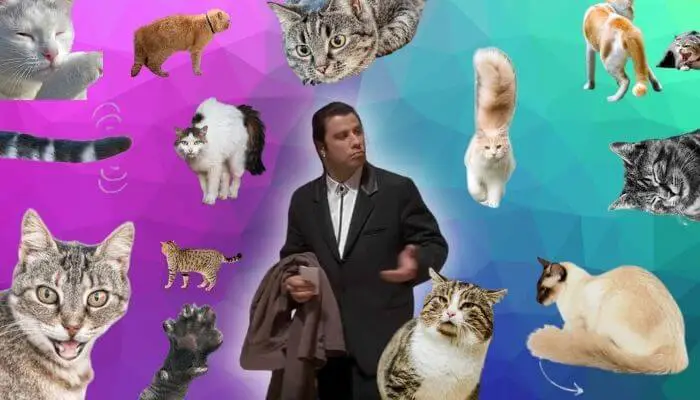
The key to understanding your cat is to understand their body language and what it means.
This cat body language chart will help you understand what your cat is feeling:
| What they're doing | What it looks like | What it means |
|---|---|---|
| Tail held high | 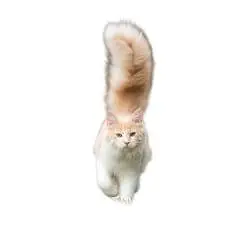 | They are confident, content, and happy. |
| Tail twitching | 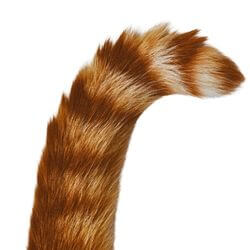 | They are feeling very happy about something. |
| Tail curved (a bit like a question mark) | 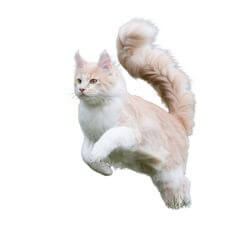 | They are feeling playful and affectionate. |
| Tail straight out behind them | 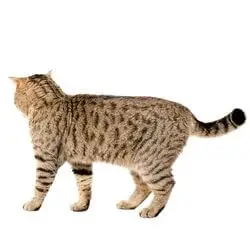 | They are unsure and they are assessing the situation. They may also be aggressive in this position. |
| Tail low down near the ground | 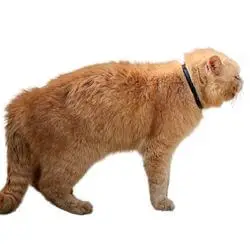 | They are not in a good mood. They may be aggressive or feel threatened. |
| Tail tucked beneath their body | 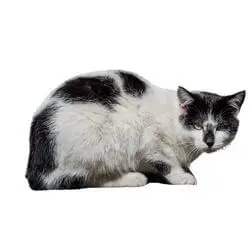 | They are nervous or afraid. |
| Tail with puffed-up fur | 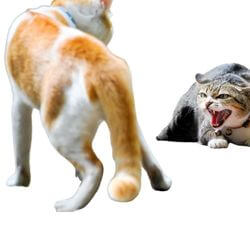 | They are trying to make themselves look larger to be intimidating as they are feeling threatened or agitated. |
| Tail whipping back and forth | 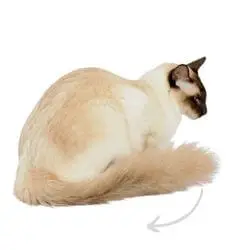 | They may be afraid or distressed. This is a cat that should be left alone. |
| Tail slowly swishing | 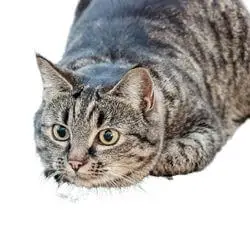 | A slowly swishing tail indicates the cat is about to pounce. |
| Tail flicking | 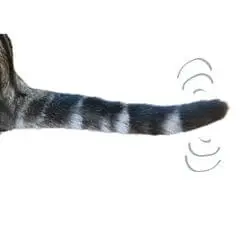 | This is their way of acknowledging you. |
| Ears facing forward | 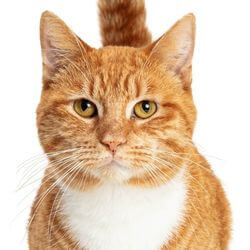 | They are interested and are listening. They may also be happy and playful. |
| Ears turned to the side | 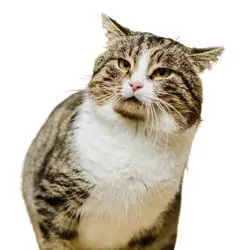 | They are uneasy or unhappy. They are also potentially blocking out the noise that’s making them feel on edge. |
| Ears flickering sideways | 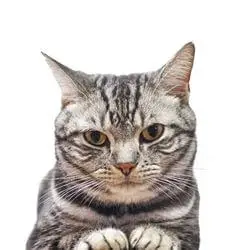 | This is a sign the cat is agitated. |
| Ears flat against head | 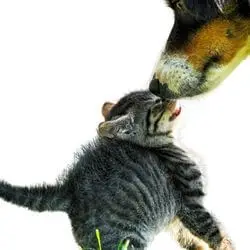 | They are angry or afraid. If you see your cat's ears are flat back then give them space. |
| One ear flat one ear raised | 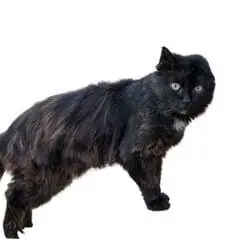 | They are confused cat and are assessing a situation. |
| Pupils dilated | 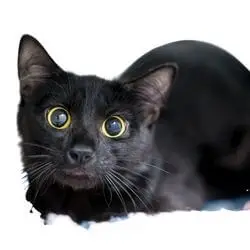 | This can be a sign of anger, fear, excitement, pleasure, or even surprise. |
| Pupils constricted | 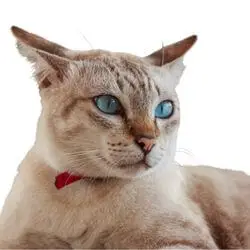 | They are feeling tense or aggressive. |
| Eyes wide open | 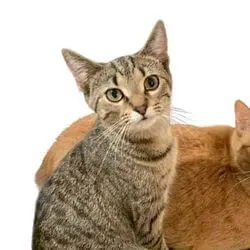 | A sign of trust. |
| Eyes unblinking and staring | 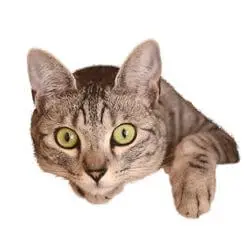 | They are showing dominance and aggression. |
| Narrowed eyes |  | Narrowed eyes indicate fear or aggression. |
| Sleepy eyes | 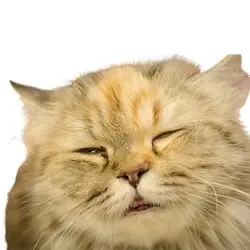 | They are showing they are relaxed and trusting. |
| Slow blinking | 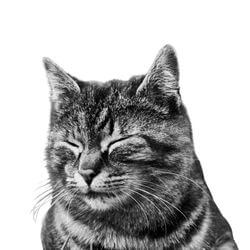 | They are content. Cats will blink slowly when they feel comfortable and safe. |
| Mouth open | 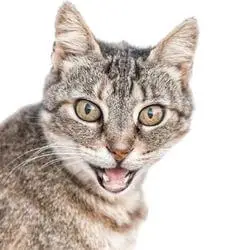 | If panting, the cat is hot and may need water. Cats also pant when they are anxious, afraid, or excited. If the cat has their mouth open and is smelling, they are processing a scent. A playful cat will have their mouth open without showing their teeth. |
| Tongue out | 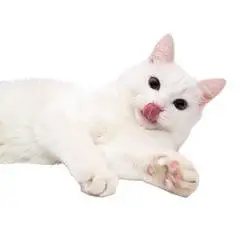 | It’s unusual to see a cat with their tongue out, this generally only happens when they are about to groom themselves or they have just been grooming. |
| Scratching a tree | 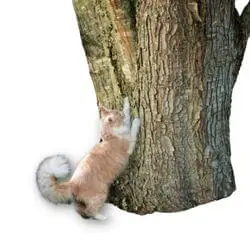 | A cat that has their paws extended and claws out on a scratching post or tree are scent marking and maintaining their claws. This is a natural behaviour cat owners will see often. |
| Stretching out their front paws and kneading | 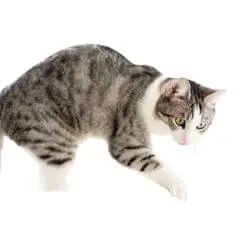 | When a cat is kneading with extended paws, it indicates they are happy and relaxed. |
| Claws out | 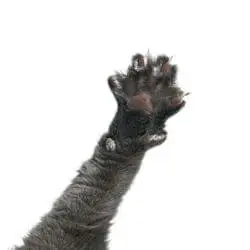 | This is a sign they are unhappy and want to be left alone. It can also show they are afraid, angry, being dominant, scratching, or cleaning their paws. |
| Whiskers pointing down | 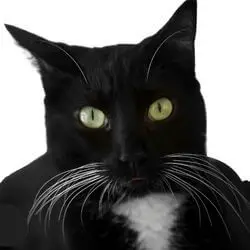 | Whiskers pointed down are a sign of an anxious/ afraid cat. |
| Whiskers relaxed/limp | 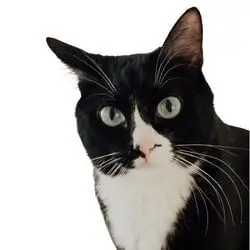 | When the whiskers are relaxed and not moving the cat is feeling content. |
| Whiskers flat against face | 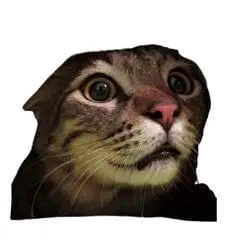 | When the whiskers are held flat against the face, the cat is feeling threatened or afraid. |
| Whiskers facing forward | 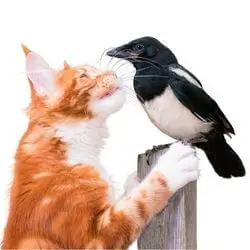 | When the whiskers are facing forward, the cat is alert and is often either hunting or being aggressive. |
| Cat lying down |  | If your cat is laying down in a ball, they are usually getting ready to go to sleep. If your cat is laying down on their side, they are relaxed. When a cat is laying down when their paws under their body they are happy. |
| Cat showing their belly | 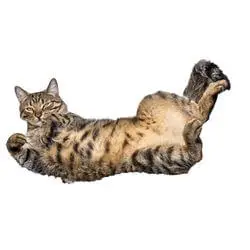 | A cat that is lying on its back and showing their belly is showing they trust you. |
| Cat with arched back | 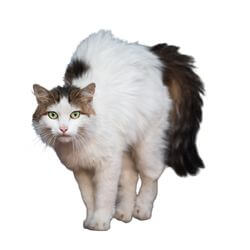 | An arched back is a cat’s way of making themselves look intimidating. A cat may also arch their back when they are stretching but in that case they are relaxed and getting comfortable. |
How understanding your cat’s body language helps you communicate with your cat
Understanding your cat’s body language allows you to respond more appropriately to the situation.
Check out our review of The Cat Language Bible if you want to become an expert in communicating with your cat!
You will know when your cat wants attention and when they want to be left alone.
This increased awareness of how your cat is feeling allows you to communicate more effectively with them and strengthen your bond.
When you see your cat is telling you they are comfortable with you and trust you, you can tell them the same thing back by slowly blinking and half-nodding at them.
An increased understanding of your cat will help you develop a stronger relationship with them.
It will also allow you to notice when your cat’s behaviour is different so you can be more proactive in the future to help reduce stress, anxiety, and frustration.

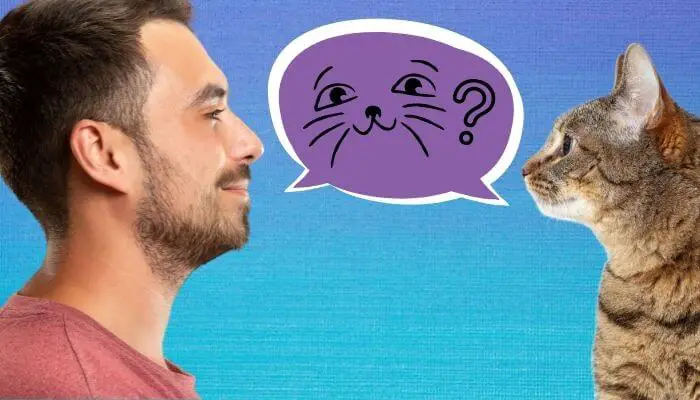
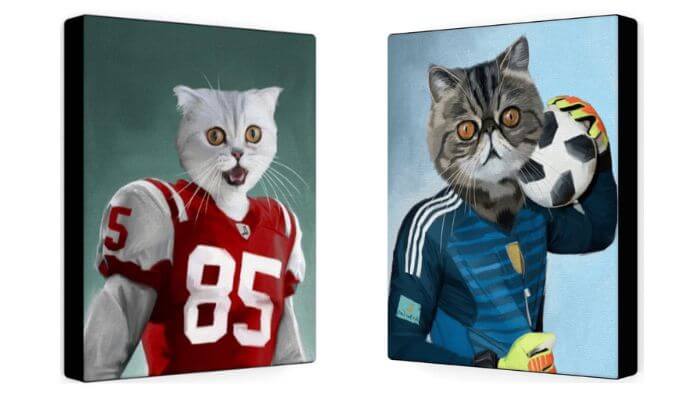
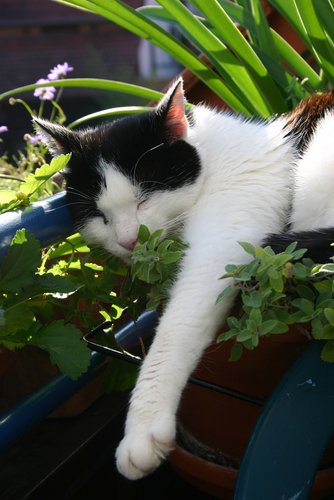
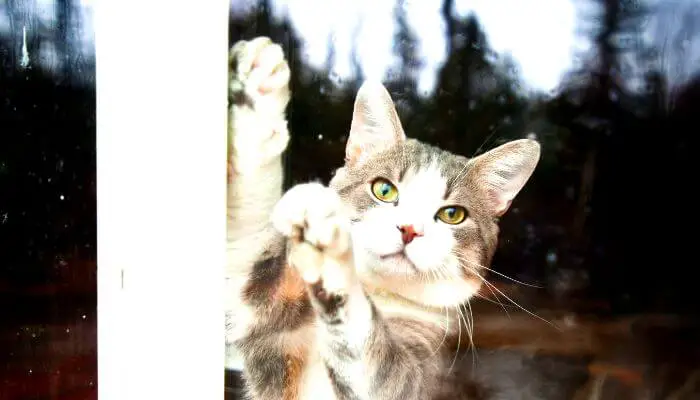
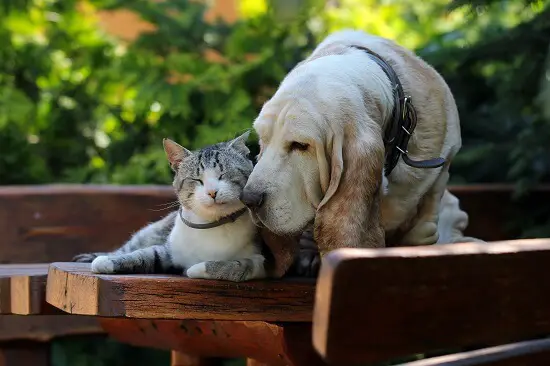

Leave a Comment